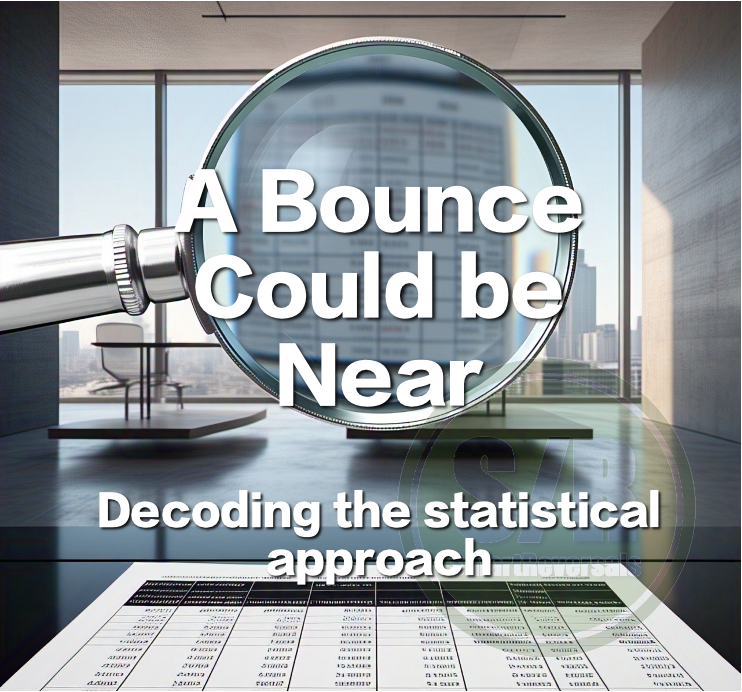Assessing the Statistical Approach
6 Charts Suggesting a Bounce Could Be Near
Stock market analysis also follows trends. If you experienced the 2022 bear market and were active on social media, you likely recall the proliferation of Elliott Wave "experts," with every move neatly labeled as an ABC or a 1-5 sequence. When those patterns failed, the conversation would shift to the truncations of zigzags or flats.
One crucial lesson I've learned over years in the stock market is that constantly switching between different analytical approaches can be costly. Every indicator offers a probability that fluctuates with price action. While understanding which indicators best explain current market movements is helpful, relying solely on statistical probabilities can be risky, as this approach often overlooks crucial chart patterns and overextended conditions.
Today, the statistical approach is quite common; with a comprehensive SPX database and a reasonable proficiency in Excel pivot tables, anyone can perform this type of analysis, so be careful. Technical analysis helps to validate the likelihood of the statistics.
Last week, the SPX staged a rally of a magnitude not seen long ago. As we've discussed, bear market rallies can be exceptionally strong. This rally triggered a remarkable event: the advancing volume on the New York Stock Exchange reached 98.6%, indicating that an overwhelming majority of trading volume was concentrated in rising stocks. Statistically, this has been analyzed as a very bullish signal. In fact, it was the seventh such occurrence since 1980, with historical data showing the price being higher three months later 100% of the time (averaging a 2.2% gain), six months later with an average gain of 4.9%, and one year later at 9.2%. Reading this, it sounds decidedly bullish, suggesting a bottoming process occurred around that event. When looking at just one month after such an occurrence, the SPX was higher 83% of the time, albeit by a modest average of 0.7%.
Today's edition will delve into how to properly assess and interpret these types of market statistics using technical analysis. And of course, a market update.
First and foremost, with the stock market being up on average 73% of the years, any statistic hovering around that figure isn't particularly significant. Secondly, while the statistic suggests the SPX would be up 2%, 5%, or 9%, these gains, when calculated, wouldn't represent a recovery to all-time highs after the cumulative decline we've seen (even more so as of today).
Through hard-won experience, I've learned the importance of studying charts. I suspect many who relied on statistics like the historical performance of years ending in 5 (2005, 1995, 1985, etc.) are currently experiencing significant doubts about 2025. This is not to mention those who based their estimations on the presidential cycle or the early months of a presidency. Technical warnings raised in this publication came true and did not consider any statistic.
During the last weeks, several publications studying previous bear markets have been published, their insights remain relevant over time, offering a depth of knowledge that surpasses most books and alone justifies the premium subscription. Use these links for access:
Navigating the Market's Tides: The Power of Elliott Wave Analysis
Navigating Market Crossroads: A Technical Study of Historical Corrections
Bearish Crossover and Divergence Analysis: Market-Wide Implications
Since that statistic we talked about is pretty much in line with how often the market goes up anyway, it's still worth digging into what we might expect. Because if you look back at the six other times this happened, the price didn't just shoot straight up. So, if that stat applies to that high volume day on April 9th, then we're definitely in for the turbulent ride version.
SPX - Six previous Advance Volume Days and Technical Differences
The day of the event is marked with a grey vertical line, the most relevant indicators are highlighted by the black, red and green arrows:




